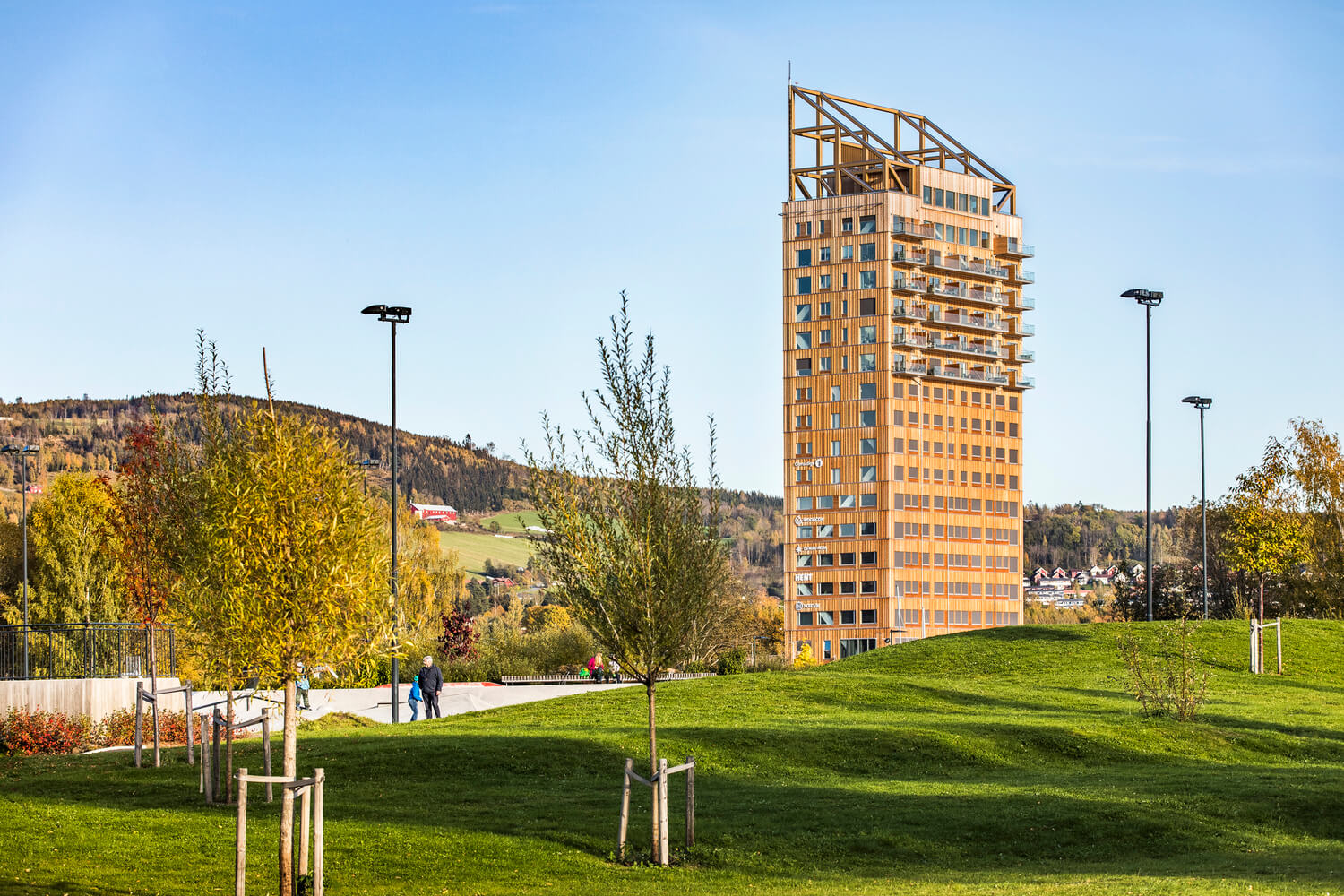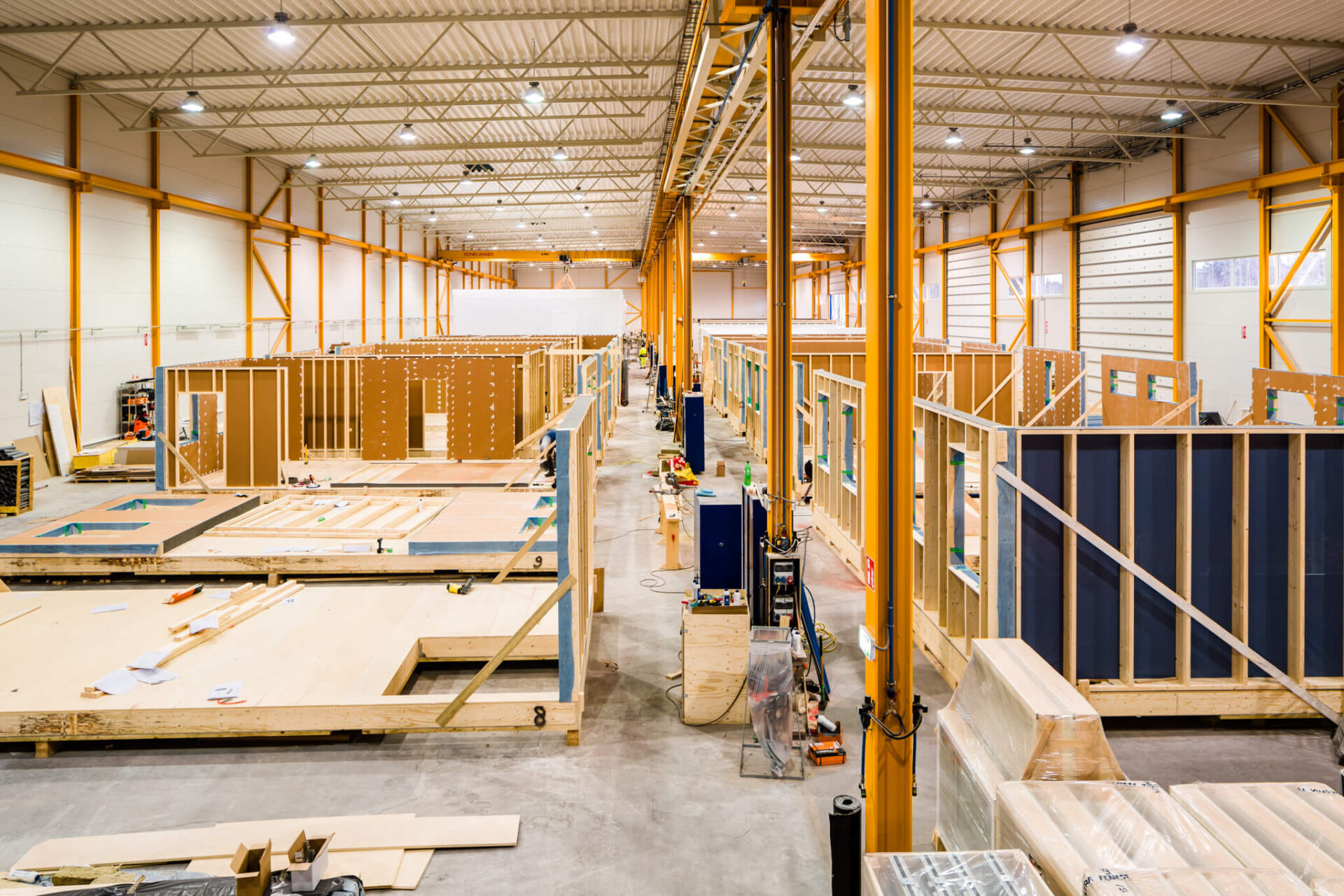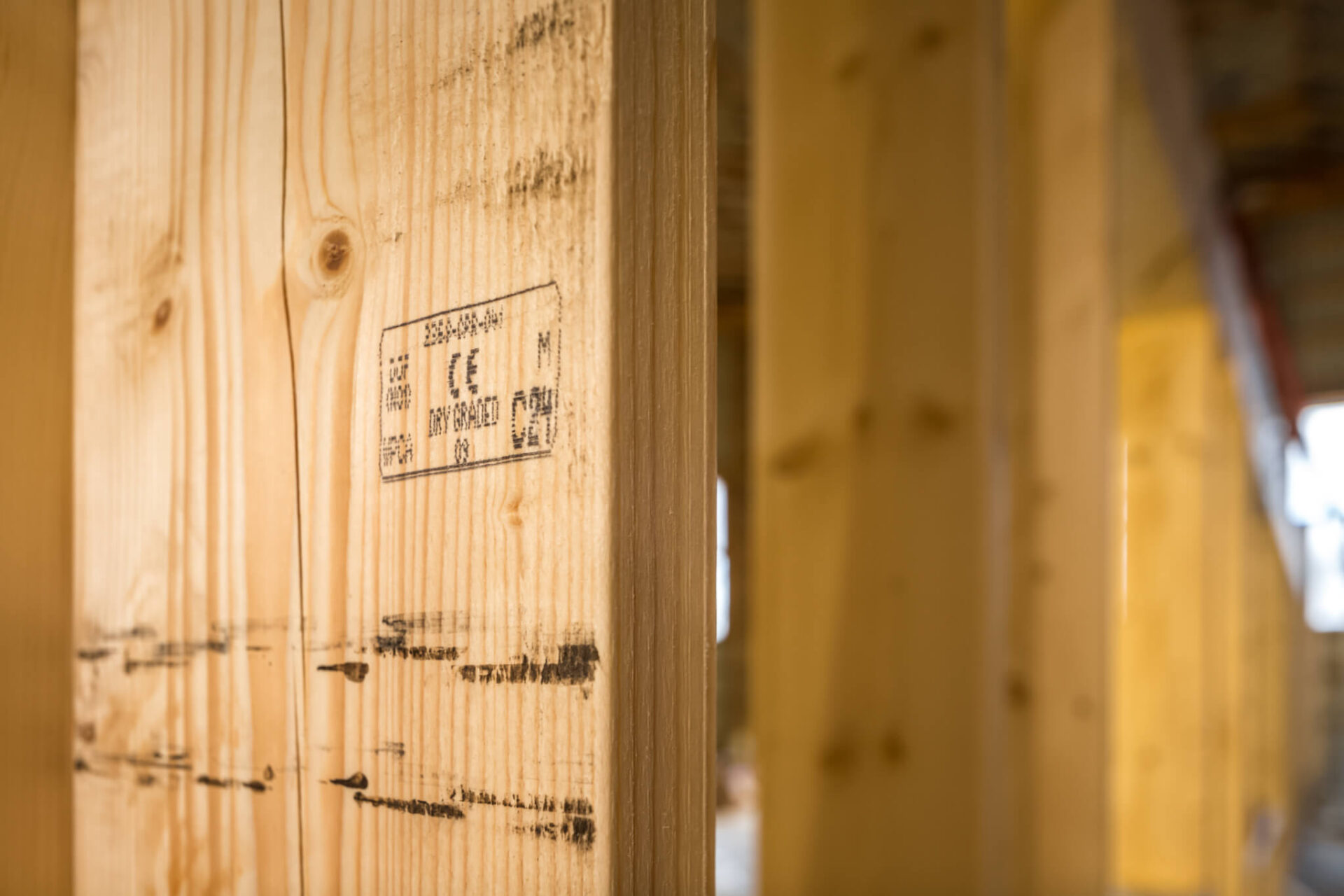During the recent years it has become increasingly clear that the greenhouse gases that contribute to the sustainability of our planet will need better control across industries. This applies also to the construction sector as it is estimated that about 8% of the total CO2 output globally is emitted as a by product of cement production – a key ingredient in the concrete widely used for a variety of buildings.

Goal of Carbon neutrality
This plays a key role as several countries are aiming to achieve carbon-neutral buildings by 2050. Of course the equation is a bit more complex since the general guidelines for the LCA¹ calculations consider the energy used during the exploitation period of each building as well, which in turn takes into account the methods to produce said energy in light of CO2 emissions.
¹LCA – Life Cycle Assessment, a standardized means of calculating the energy used throughout the total life cycle of a building, including the production, construction, exploitation and demolition of the building.
According to UK based Mineral Products Association Ltd subsidiary Concrete Center the industry has made significant improvements in reducing the output of CO2 – down from 94,7 kg/ton of reinforced concrete in 2009 to 80,2 kg/ton in 2018, a reduction of almost 15%. This translates to a total output of about 2.2 billion tons of CO2 emitted by the global concrete industry in 2016.
Timber buildings on the other hand utilize wood that have removed carbon from the atmosphere during its growth cycle. This carbon makes up to around 50% of the total dry mass of the timber.
Future of timber construction
Although there are very few large-scale studies to determine the amount of CO2 stored in the structural parts of timber buildings it is clear that the construction part of the LCA equation is effectively carbon negative when it comes to the load bearing structures. As the technologies in timber sector have evolved over the last decades, so has the potential to replace concrete with wood-based materials.
Traditional timber framing engineered properly allows for normal apartment buildings already today. If combined with the advancements in CLT² technologies timber is already stepping into the high-rise/skyscraper building territory – an area where concrete, steel and glass structures have held unprecedented dominance.
Virtually each year the world record in highest wooden building is topped with a new victor (currently the record is held by the MJØSTÅRNET in Norway standing 18 stories or 85 meters tall), so wooden buildings have come a long way from traditional log houses or cottages we were used to just a few decades back. As a matter of fact, one could argue that almost any typical building can be built as a hybrid solution between timber framing, CLT and minimal concrete/steel reinforcements.
²CLT – cross laminated timber, a material that utilizes the technology of gluing together perpendicular lamellas to form a solid massive wood panel/detail

We in Akso-Haus have contributed to this welcome trend for over 15 years and can now proudly say that over 100 000 m² of different timber buildings have been delivered and found their sustainable places in Scandinavia – that is 65 000 tons of CO2 emissions avoided according to this source.

¹LCA – Life Cycle Assessment, a standardized means of calculating the energy used throughout the total life cycle of a building, including the production, construction, exploitation and demolition of the building.
²CLT – cross laminated timber, a material that utilizes the technology of gluing together perpendicular lamellas to form a solid massive wood panel/detail
This article is written by Taavi Velleste and Oskar Stern

